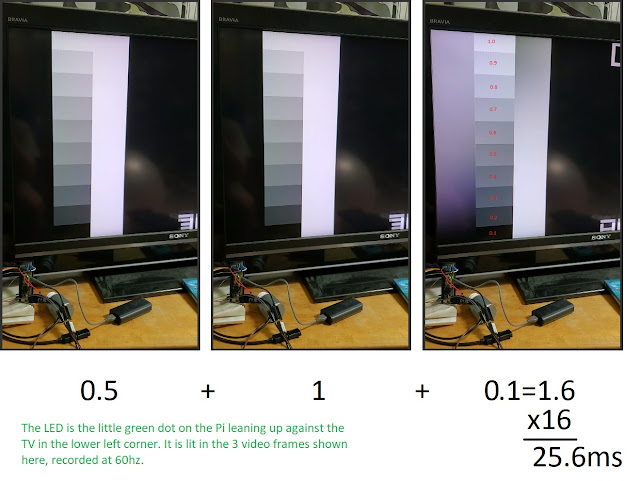Repairing bad button on Sanwa optical trackball wrist rest MA-TB42BK

These trackballs are the only game in town if you want a trackball centered below the keyboard where you can drive it with your thumbs. I used to use a keytronic lifetime keyboard that had an integrated trackball but it was always needing to be cleaned (yes, it dated from the mechanical period!). This is better because it's optical, altho not without its flaws, most notably the DPI is too high, aka the cursor moves too fast per revolution of the ball. You can turn down sensitivity in windows to compensate but there aren't enough steps on the scale to get a setting that isn't either a bit too fast or a bit too slow.
But this is not a review. This is a quick discussion of fixing a bad button on the trackball. After owning it for about 2 years the left "mouse" button started to act up - at first it would register a double click when there was just one, but after a while holding down the button would intermittently produce several clicks over the period of a second. Definitely not usable. Clearly the microswitch wasn't making good contact. Disassembling the trackball wasn't hard - the electronics are entirely in the little box in the center, which makes a bit of a tight fit, but eventually you get enough unscrewed that you can just lift it out, as shown. (blue tape is my addition, to be explained below).
After bit more disassembly, you get to this stage: a single circuit board with 3 micro switches soldered on. These switches can be hard to desolder, as they have 3 pins though the board. The first time I tried it took me 2 hours to remove two switches (the left and middle) and swap them. My usual technique of desoldering one pin at a time and rocking the component (usually a capacitor) doesn't work when there are three pins. But part of that time was also having to re-solder the USB cord to the board. The wires are all immediately adjacent to the left switch and are very thin, so with enough heat applied to the microswitch the USB wires will come loose. Save yourself some trouble down the line and put tape on each side so that they can't pull loose, or fatigue in two.
The good news is that even after two hours of overheating the board and prying on the microswitches I hadn't damaged the board and everything worked. My middle mouse button now worked as poorly as the left had (because it was now driven by the old microswitch from the left side) but no loss, I never use the middle button. The bad news was that about a year later the "new" left microswitch started to fail too.
Bad batch, or cheap components, but either way there wasn't another unused microswitch to swap it with. Ebay listed some microswitches for mice, but none specifically for this model or Sanwa in general, and it seemed like a bit of leap that all mice/trackballs would use the same size switches. What to do? Should I pull the trigger on a slow boat from china that might not solve my problem, or even if they fit, last even less long than the Sanwa switches? Inspired by the slim possibility that all mice used the same microswitches, I pulled out an old Kensington Orbit trackball (gen 1) that had been hacked to bits in an attempt to DIY a trackball centered below the keyboard (short story: it worked, but not ergonomically). Sure enough, the micro switches were the same size, and had the same pin spacing! The great thing about this is I trust kensington to have used higher quality microswitches than sanwa or (especially) random ebayer.
This time the replacement went much faster, in part because I have a much nicer soldering setup, with a soldering station that can really put out the heat. Instead of doing one pin at a time, I just held the tip sideways and pressed on all three pins at once after preheating them individually. Pop! Out in less than a minute, each. After sucking the solder out of the pinholes it was easy to stick the new(er) microswitch in and solder it in place. The only hang up that lost me 20 or so minutes was that some USB wires detached again because of how difficult it was to do a quality solder job on them the first time. Really paid the price for not taping them in the first time (or gluing).
The first time I did this repair (taking 2 hours) I really regretted the time spent. The 2nd time, it was quick and easy. Now that these go for $50 and up, it was financially worth it, too, not to mention the moral plus of avoided waste.





Comments